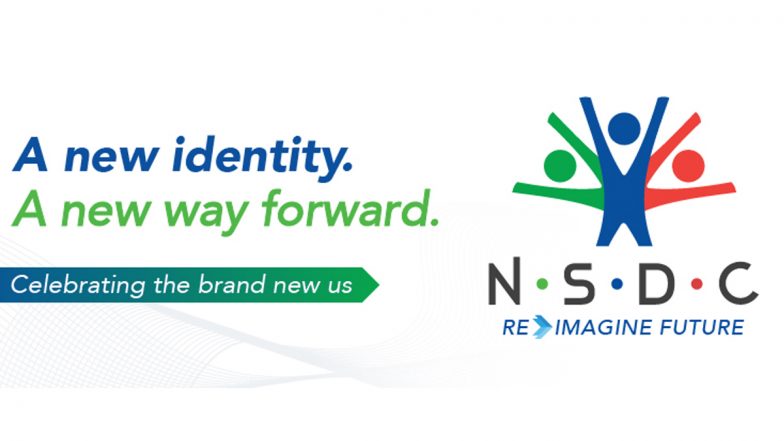manufacturing printed circuit board assembly companies
Printed Circuit Board Assembly (PCBA) companies rely on a variety of fabrication techniques to manufacture high-quality printed circuit boards (PCBs) that form the foundation of electronic devices. These fabrication techniques encompass several stages of the PCB manufacturing process, from substrate preparation to circuit patterning and finishing. Here’s an overview of the key fabrication techniques used in PCBA companies:
Substrate Preparation: The fabrication process begins with the preparation of the substrate material, typically a rigid laminate such as fiberglass-reinforced epoxy resin (FR-4) or a flexible material like polyimide (PI) for flex PCBs. Substrate preparation involves cutting the material to size, cleaning, and surface treatment to promote adhesion and facilitate subsequent processing steps.
Circuit Patterning: The next step in PCB fabrication is circuit patterning, where conductive traces, pads, and vias are formed on the substrate to create the desired circuit topology. This is typically achieved using one of two primary techniques: subtractive or additive processes. In subtractive processes, a layer of copper foil is laminated onto the substrate, and unwanted copper is etched away using chemical or mechanical methods, leaving behind the desired circuit pattern. In additive processes, conductive material is selectively deposited onto the substrate through methods such as electroplating or inkjet printing, building up the circuit layer by layer.

What fabrication techniques are used in manufacturing printed circuit board assembly companies?
Drilling and Plating: After circuit patterning, holes are drilled into the printed circuit board assembly companies to accommodate component leads, vias, or mounting hardware. Drilling is typically performed using computer-controlled drilling machines, with hole sizes and positions determined by the PCB design. Once drilled, the holes are plated with conductive material to establish electrical connections between layers and ensure continuity throughout the PCB.
Surface Finishing: Surface finishing is a critical step in PCB fabrication that protects the exposed copper surfaces from oxidation, corrosion, and solderability issues. Common surface finishing techniques include hot air leveling (HASL), electroless nickel immersion gold (ENIG), immersion silver, and organic solderability preservatives (OSP). Each method offers unique advantages in terms of cost, reliability, and compatibility with specific assembly processes.
Solder Mask Application: Solder mask application is essential for PCB fabrication, as it provides insulation and protection to the conductive traces while leaving the pad areas exposed for component attachment. Solder mask is typically applied using a screen printing process, where a liquid epoxy ink is applied over the entire PCB surface and selectively cured to leave behind the desired mask pattern. This process ensures precise alignment and coverage of solder mask openings while maintaining dimensional accuracy.
Silkscreen Printing: Silkscreen printing is used to apply identifying marks, labels, and legends to the PCB surface, such as component designators, logos, and polarity indicators. This information helps assembly technicians identify components and ensure proper orientation during assembly. Silkscreen printing is typically performed using a stencil or screen template and specialized inks that resist soldering temperatures and environmental degradation.
Quality Control and Inspection: Throughout the PCB fabrication process, rigorous quality control and inspection measures are employed to ensure the integrity, accuracy, and reliability of the finished boards. Automated optical inspection (AOI), X-ray inspection, electrical testing, and dimensional measurement are some of the techniques used to detect defects, verify compliance with design specifications, and ensure the quality of the final product.
In conclusion, printed circuit board assembly companies rely on a range of fabrication techniques to manufacture PCBs that meet the demanding requirements of modern electronic devices. From substrate preparation and circuit patterning to surface finishing, solder mask application, silkscreen printing, and quality control, each step in the fabrication process plays a crucial role in producing reliable and high-performance PCBs that form the backbone of today’s technology-driven world.

